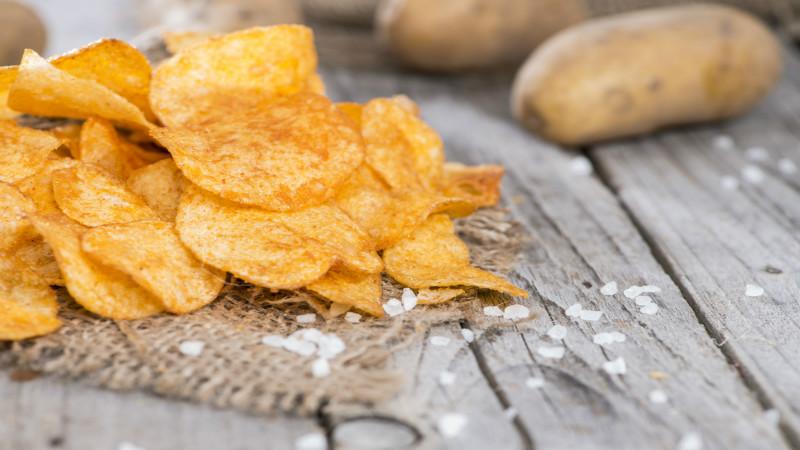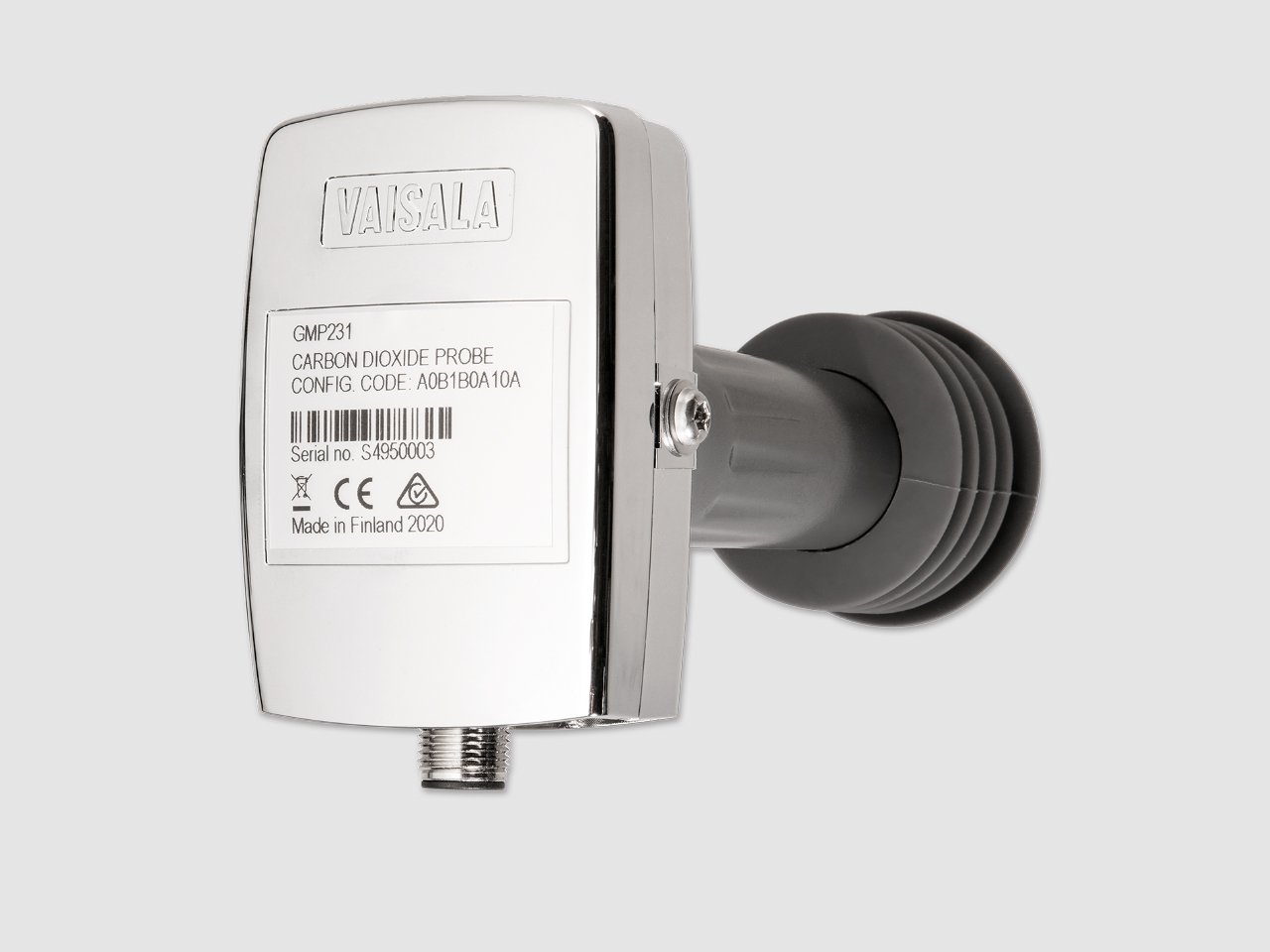CO2 monitoring helps make defect-free potato chips
Carbon dioxide monitoring technology helps make defect-free chips.
From farm to fryer, potatoes grown to make potato chips are sensitive to environmental conditions that affect their fry quality – their appearance, taste and appeal when processed. One of the most unpopular chip defects – dark brown spots on the chips – is a result of exposure to elevated levels of carbon dioxide (CO2) during storage.
“The consumer aesthetic is a driving force for no-defect chips. Consumers prefer a clean white-yellow chip,” says Todd Forbush, vice president of U.S.-based Techmark, Inc. Techmark designs air handling operations for fruit and vegetable storage facilities. These systems use advanced technology to monitor environmental conditions to regulate ventilation in order to meet the requirements of the occupancy load, in this case, potatoes.
Stress reduces fry quality
In North America, chip potatoes are harvested in July, August and September with chips being produced year round either from freshly harvested or stored potatoes. During storage, potatoes continue to respire, consuming oxygen and internal sugars (converted from stored starches) and producing CO2, water and heat. Stress increases the potato’s respiration rate, increasing the sugar concentration in the potato. These sugars cause defects in fry quality, specifically dark brown spots. The three key environmental factors that require monitoring and control during storage to maintain quality and reduce stress are temperature, humidity, and CO2. When these environmental factors are outside of desired ranges, the potatoes are subject to stress.
Sources of high CO2
Elevated levels of CO2 are stressors to stored potatoes.“When CO2 levels reach 2,500 parts per million, action should be taken for fresh air exchange to dilute the CO2,” says Forbush. CO2 can build up when facility ventilation is reduced to control temperature and due to natural respiration rates relative to the life stage of the potato.“The maturity of the potato dictates respiration levels. Immature potatoes have high respiration, mature potatoes low and over mature potatoes again high respiration as they go into hyperactive mode before the end of life,” Forbush adds.Senescence is one of many conditions considered by Techmark for its air handling system design.
Growers rewarded for quality
Growers have significant incentive to supply the most defect-free potatoes since payment is based on weight and meeting fry quality requirements of the chip processor. Techmark works closely with growers to maintain quality standards that earn bonuses from the processors.If a grower’s potatoes do not meet the processor’s quality standards – typically a defect rate of 15 percent or less – the grower may need to seek other, lower paying markets for the potatoes.
Vaisala GMD20 delivers reliability
Techmark develops custom air-handling systems that monitor, control and distribute air to specification in potato storage facilities. In facilities where potatoes are stored 15 to 20 feet deep, sufficient air distribution is as important as the air parameters. Techmark has selected the duct mounted Vaisala CARBOCAP®Carbon Dioxide Transmitter GMD20 for its air-handling systems. Vaisala GMD20 provides excellent long-term stability and high resistance to containments. It also withstands high humidity, a condition found in potato storage where humidity is maintained as high as possible without free water to maintain product weight. “Vaisala’s CO2 sensors have been extremely reliable,” Forbush says. “We can count on their product availability with the lead times we need and Vaisala’s customer support.”
Bottom line benefits
Techmark recently worked with a major North American snack food processor to improve the process quality of its chip potatoes shipped by rail. The rail cars were not ventilated, and over several days, CO2 accumulated to levels that could adversely impact fry quality. According to Techmark, installing Vaisala GMD20 transmitters led to improvements in ventilation control with positive results realized on the fry quality of potatoes shipped by rail. More potato growers, led by the chip potato and fried potato markets that are especially sensitive to defects, are adopting new technology to monitor and control environmental factors that can adversely impact quality and profitability.

